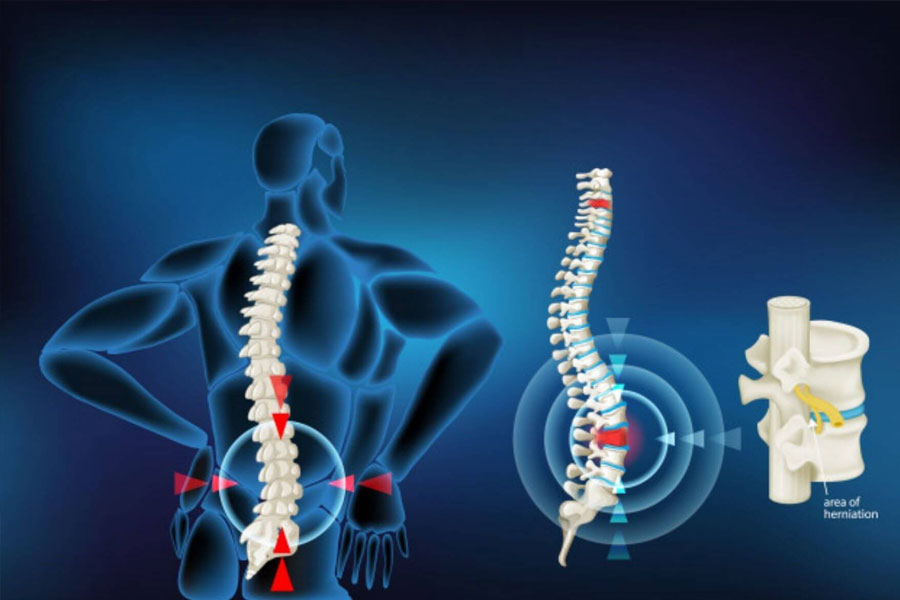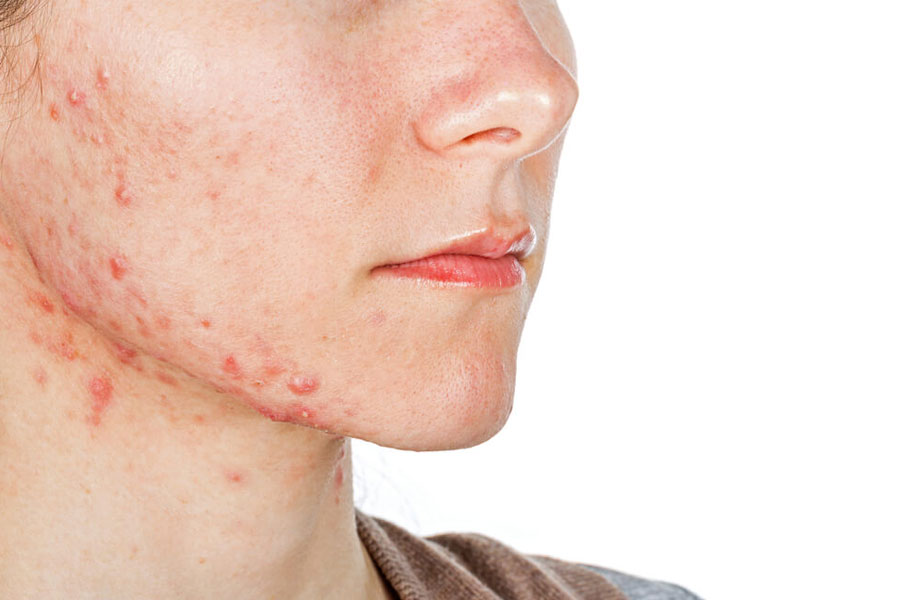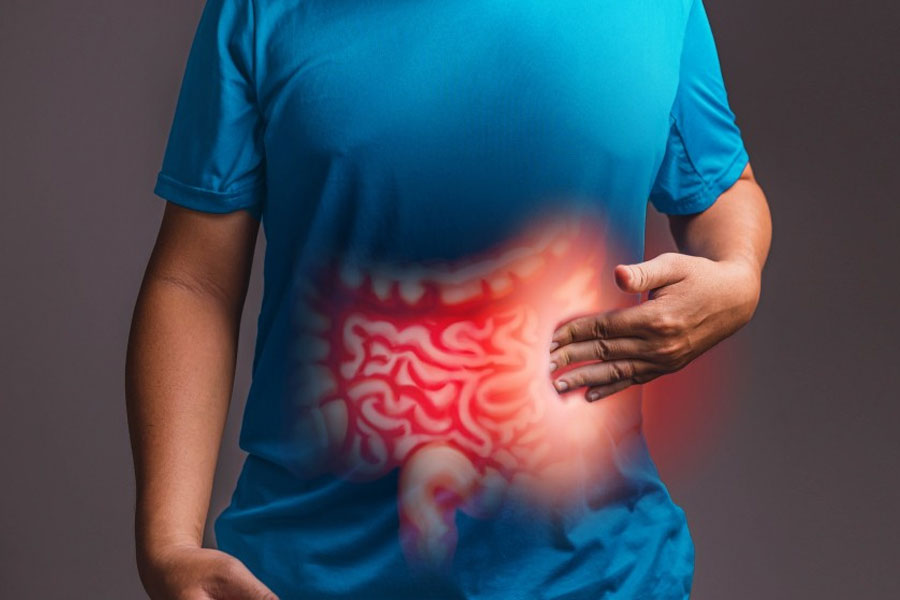The spinal cord is protected by a covering called spinal column which comprises of 7 cervical vertebraes , 12 thoracic vertebraes, 5 lumbar vertebraes, 1 sacrum and 1 coccyx. These vertebraes are cushioned by discs. The discs are shock absorbing pads present between the vertebraes. Each disc comprises of two parts: a soft, gelatinous inner portion and a tough outer ring. Any injury can cause the inner portion of the disc to protrude through the outer ring which is known as slipped, herniated or prolapsed disc depending upon the degree of injury. If the slipped disc compresses one of the spinal nerves, one may experience numbness and pain along the affected nerve. A slipped disc can occur in any part of the vertebraes.
Symptoms of Slipped Disc:-
- pain and numbness, most commonly seen on one side of the body
- pain that may extend from the arms or legs
- pain that worsens at night or with certain movements
- pain that worsens after standing or sitting
- pain when walking short distances
- unexplained muscle weakness
- tingling, aching, or burning sensations in the affected area
Causes of Slipped disc:-
- Lifting heavy object
- Any sudden jerk or injury
- Degeneration due to aging process since the discs begin to lose some of their protective water content as one ages
- Sudden twisting or turning to lift an object
- Overweight individuals are also at increased risk for a slipped disc as their discs must support additional weight
Ways to prevent Slipped disc:-
- Regular exercise to strengthen the trunk muscles and spine
- Use safe lifting techniques: Bend and lift from your knees, not your waist.
- Maintain a healthy weight.
- Maintain a good posture
- Do not remain seated for long periods; get up and stretch periodically.
- Do exercises to strengthen the muscles in your back, legs, and abdomen.
- Take regular Abhyangam sessions to prevent the damage of bones and improve health.
Complications
Compression of nerves and spinal canal: Just above the waist the spinal cord ends. What continues through the spinal canal is a group of long nerve roots that resemble a horse’s tail (cauda equina).
At times, disk herniation can compress the entire spinal canal, including all the nerves of the cauda equine.
Seek emergency medical attention if you have:
- Worsening symptoms. Pain, numbness or weakness can increase to the point that they can hamper one from doing daily activities.
- Bladder or bowel dysfunction. Cauda equina syndrome can cause incontinence or difficulty urinating even with a full bladder.
- Saddle anesthesia. This progressive loss of sensation affects the areas like the inner thighs, back of legs and the area around the rectum.
Ayurveda Management
Slipped disc is caused by vitiation of Vata (one of the principle dosha responsible for the movement and function of the body). Ayurvedic treatment focuses at bringing back the increased vata to equilibrium.
At VCC AYURVEDA, we provide excellent treatment for Slip disc, prolapsed disc or herniated disc. With our vast experience in treating Spine related conditions, today we are successfully dealing with even post surgical recurrence cases. We have reversed and prevented severe cases of slipped disc where patients were prescribed surgery.
The treatment comprises of Ayurvedic Panchakarma procedures and internal medications. Therapies like Abhyanga swedam, Nasyam, Pathrapotala swedam, Choornapinda swedam, Pizhichil, Shirodhara, Kativasthi, Greevavasthi, Navarakizhi, Vasti etc. are done as per the necessity and condition.
These therapies help in relieving the inflammatory changes, releasing the spasms and nerve compressions in the affected area, strengthening the supportive tissues holding the spine, nourishing the joints by improving the circulation. Usually the treatment period is 4 – 5 weeks according to the severity of the disease. It not only helps in curing the slipped disc but it also helps in increasing the longevity of the patient.





